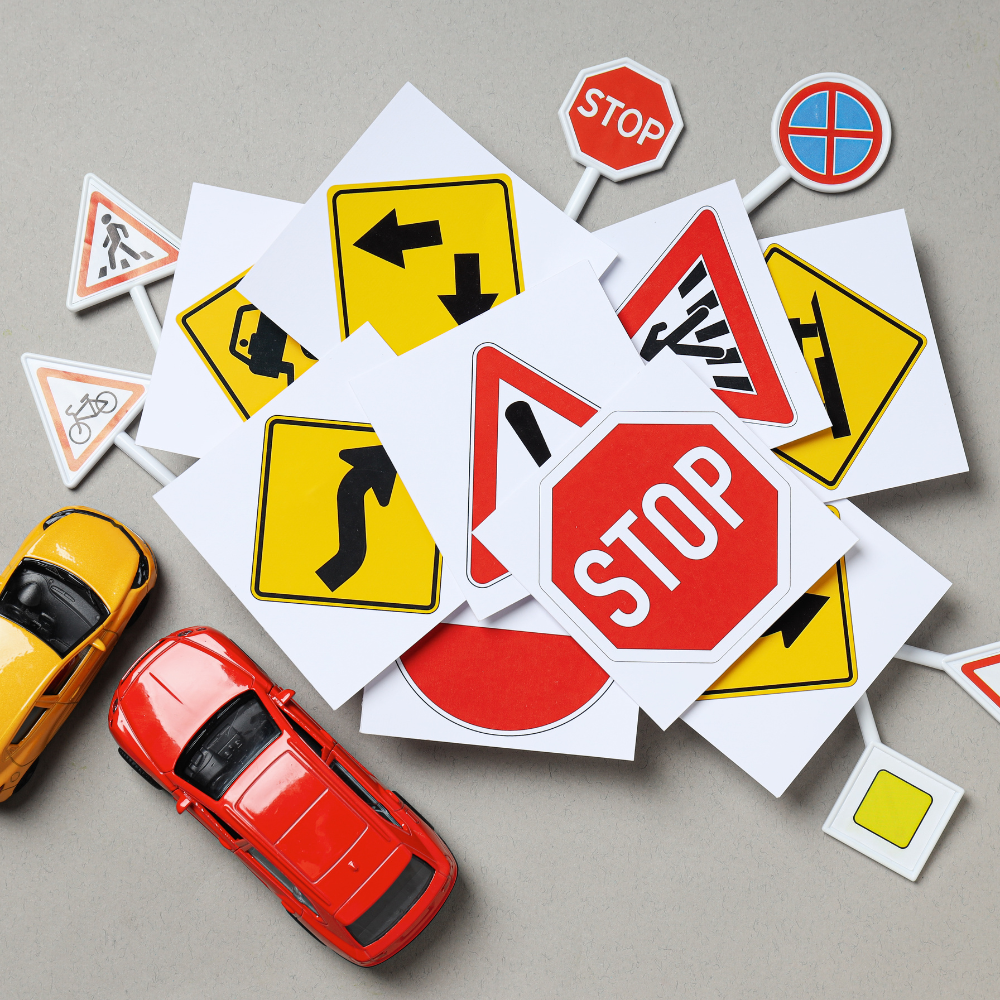Factors Affecting Driving School Students' Pass Rates
September 02, 2024 at 8:25 AM
Passing a driving test is a significant milestone, but various factors can influence the success rates of students. These factors range from the quality of instruction to individual student preparedness. This article explores key elements that impact driving test pass rates for students, supported by relevant data and expert insights.
1. Quality of Instruction
The quality of instruction is crucial in determining pass rates. Experienced instructors can significantly enhance a student's learning experience by providing tailored guidance, correcting bad habits, and building confidence. The presence of accredited driving schools with well-trained instructors often correlates with higher pass rates.
2. Student Preparedness
Student readiness is another critical factor. Comprehensive preparation, including sufficient practice hours and familiarity with test routes, is essential. The NZ Transport Agency (NZTA) recommends at least 120 hours of supervised driving practice to improve pass rates. Inadequate preparation often leads to test failures, particularly in critical areas like observing road signs, controlling speed, and navigating intersections.

3. Test Anxiety
Anxiety can negatively impact a student's performance during the test. Test anxiety can cause students to make errors they would not typically make, such as failing to check mirrors or misjudging distances. Techniques like mindfulness and practice tests can help alleviate anxiety and improve focus during the actual test.
4. Complexity of Test Routes
The complexity of the test route can also influence pass rates. Routes with heavy traffic, complex intersections, and varying speed limits are more challenging, especially for less experienced drivers. Urban areas tend to have lower pass rates due to these complexities compared to rural areas with simpler road systems.
5. Changes in Testing Standards
Changes in testing standards and procedures can impact pass rates. For instance, stricter testing criteria introduced by the NZTA have resulted in a significant drop in pass rates, as higher standards are now required to pass. These standards are designed to improve overall road safety by ensuring that only adequately prepared drivers receive licenses.
6. Individual Factors
Individual factors, such as age, confidence levels, and learning styles, can also affect pass rates. Younger drivers often have higher pass rates compared to older learners, possibly due to quicker adaptability and higher exposure to driving practice.
7. Access to Learning Resources
Access to learning resources, including online tutorials, driving simulators, and educational apps, can greatly aid in preparation. These resources provide learners with additional practice opportunities and reinforce key concepts, helping to boost pass rates.
Improving pass rates among driving school students requires a holistic approach, encompassing quality instruction, adequate preparation, and addressing individual needs. Understanding and mitigating factors that lead to test failures can help aspiring drivers succeed and contribute to safer road environments.
How Mock Tests Improve Driving Test Pass Rates
Mock tests, or practice driving tests, are a crucial tool in preparing for the actual driving examination. They provide a simulated environment that mirrors the conditions of the real test, helping learners gain confidence and refine their skills. Here are several ways in which mock tests can improve driving test pass rates:
1. Familiarity with Test Format
Mock tests allow learners to become familiar with the structure and format of the driving test. Understanding what to expect can reduce anxiety and help students focus on demonstrating their skills rather than being overwhelmed by the unknown elements of the test. Familiarity with the test's structure includes knowing the types of manoeuvres required, understanding the scoring criteria, and being aware of the routes commonly used during the test.
2. Identification of Weak Areas
During a mock test, students can identify specific weaknesses in their driving. Instructors can provide detailed feedback on areas such as parking, lane discipline, or use of mirrors. By pinpointing these weak areas, learners can focus their practice sessions more effectively, improving overall competence and confidence.
3. Anxiety Reduction
Test anxiety is a common issue that can negatively impact performance. Mock tests help students become accustomed to the pressures of a test environment. Regular exposure to simulated test conditions can help desensitize students to anxiety triggers, leading to a more composed performance during the actual test.
4. Practice Under Realistic Conditions
Mock tests are typically conducted in conditions that closely resemble those of the actual driving test, including the same routes and similar traffic conditions. This realistic practice helps students develop the ability to make quick decisions and respond appropriately to road situations, which is crucial during the actual test.
5. Reinforcement of Good Driving Habits
Through repeated practice in mock tests, learners reinforce good driving habits, such as proper use of indicators, maintaining speed limits, and observing traffic signs. Consistent practice helps ingrain these behaviors, making them second nature during the actual test.
6. Feedback and Improvement
The feedback from a mock test is invaluable. Instructors can highlight not only critical errors but also minor mistakes that could add up to a failed attempt if not corrected. This constructive feedback loop enables learners to continuously improve and refine their driving skills.

Mock tests are an essential component of effective driving test preparation. They provide learners with a realistic understanding of what to expect, help reduce test anxiety, and allow for targeted improvements in driving skills. By regularly incorporating mock tests into their learning regimen, students can significantly enhance their chances of passing the driving test on their first attempt.
Try our online quiz: https://www.a1drivingschool.co.nz/car-training/online-driving-quiz/
Sources:
- NZ Transport Agency (NZTA): https://www.nzta.govt.nz
- Road Safety Reports: https://www.rnz.co.nz
- SunLive News: https://www.sunlive.co.nz



 BOOK NOW
BOOK NOW
